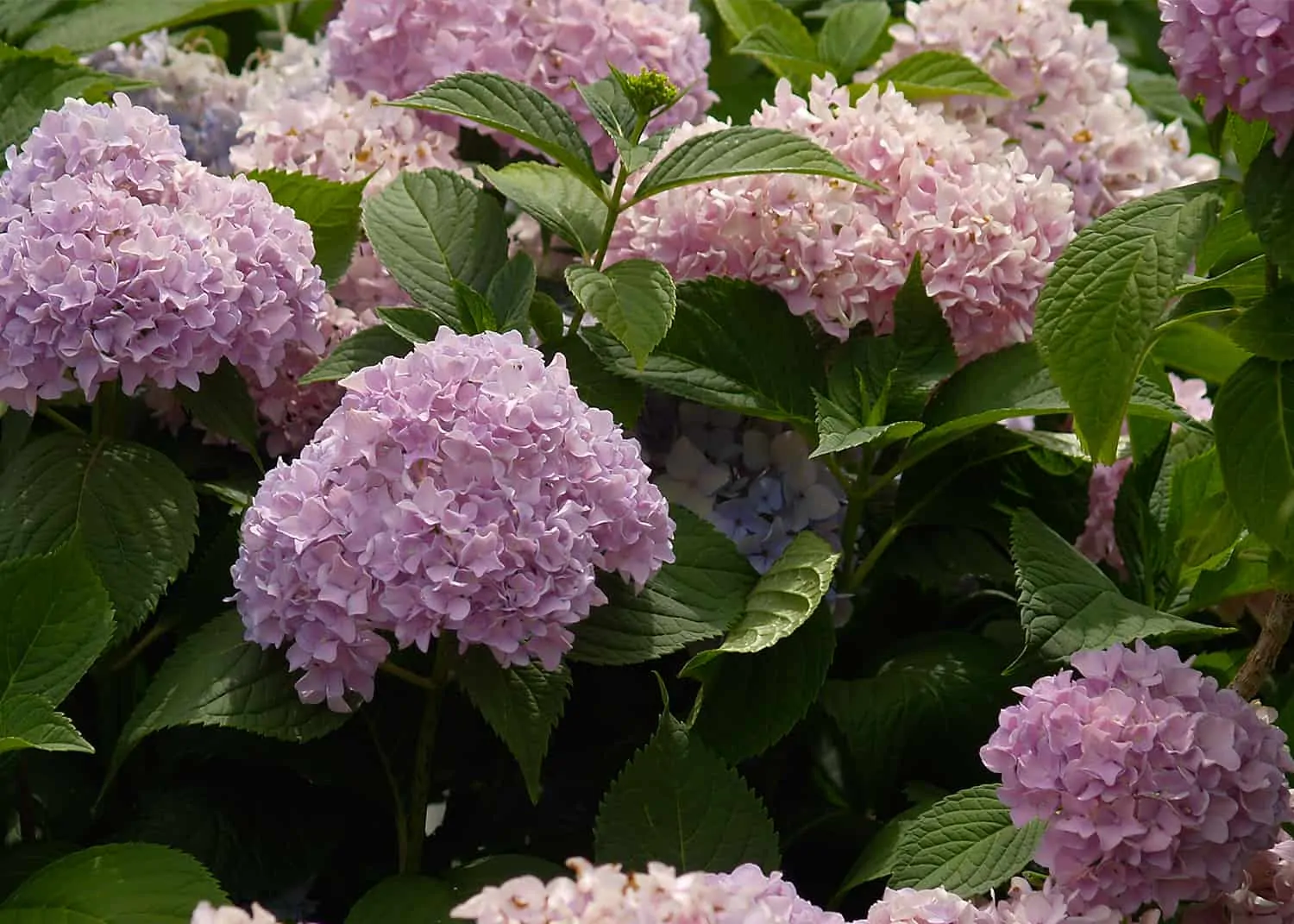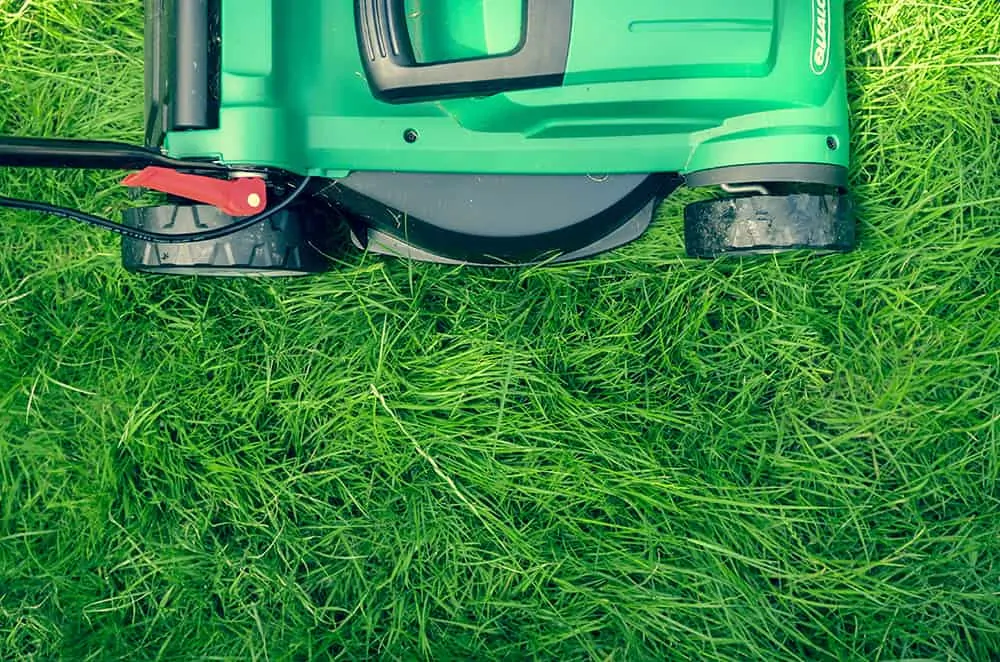An herb prized for its soothing perfume, dainty purple blossoms, and medicinal properties, lavender is a reasonably low-maintenance plant however does have some particular must thrive.
“It’s not very completely different from loads of different vegetation,” mentioned Elizabeth Inman, an skilled grower of lavender and proprietor of Purple Adobe Lavender Farm in Abiquiu, New Mexico. “In lots of instances, it wants much less soil and requires loads much less fussing over. You don’t have to spend so much of time in your backyard with it. That’s the great thing about lavender.”
Deciding on quite a lot of lavender
Greater than 45 species of lavender are acknowledged by the USA Lavender Growers Affiliation and are damaged up into 450 varieties.
“[Different lavender varieties] develop in numerous zones, produce completely different flowers and are good for various issues,” mentioned Inman, who grows 14 completely different kinds of lavender. “There are particular varieties which might be good for distilling, for botanical use, or for culinary use. Others are good for marriage ceremony bouquets and crafts. It’s good to know up entrance what you wish to do with it, then discover the range.”
Sure kinds of lavender will solely thrive in sure plant hardiness zones, and inside these zones, sure climates. For instance, English lavender varieties are usually extra tolerant of moisture than French lavender varieties, Inman mentioned.
The U.S. Lavender Growers Affiliation gives an internet record of among the most typical lavender varieties and divides them by prompt makes use of: landscaping, dried buds, culinary buds, crafting, recent minimize, and important oil.
Within the Northeast, Marie Kirven grows 5 completely different kinds of lavender at her Candy Goals Lavender Farm in St. Albans, Maine. These varieties — with the widespread names of Grosso, Seal, Provence, Twinkle Purple, and True English — develop comparatively effectively in her state’s chilly and infrequently damp local weather. Nevertheless, these varieties differ enormously and what they’re finest used for thus she will be able to make all kinds of merchandise, together with cleaning soap, oil, scented pillows, teas, bathtub salts, and physique powder.
Associated Submit: Tips on how to Learn a Plant Tag
A great way of guaranteeing you’ve chosen a spread that’s proper in your area and meant use is by buying your lavender vegetation from an area nursery.
Purchase on Amazon: Rising Your Lavender Backyard: E book One
Suggestions to assist Lavender thrive
Lavender is a plant that wants good drainage and loads of solar, mentioned Inman, who just lately authored Rising Your Lavender Backyard: E book One, launched in 2018.
Water lavender sparingly
“It’s not troublesome to develop lavender,” Inman mentioned, “however there are a couple of particular issues lavender wants with the intention to achieve success.” Lavender grows finest in full solar (no less than 6 hours a day) and needs to be watered sparingly. In actual fact, managing moisture might be one of many greatest challenges lavender gardeners face. An excessive amount of moisture on the plant or within the soil could cause the lavender to rot and die. Due to this, in humid areas, such because the Southeast, lavender might be troublesome to develop, Inman mentioned.
To fight this downside in Maine, Kirven locations white sand beneath her lavender vegetation. The sand displays the solar and helps dry dew and rain from the plant’s woody stems. Different gardeners use shells or light-colored stone.
Lavender wants drainage
As well as, lavender is usually grown on mounds or raised backyard beds so water can drain away from the vegetation. And to extend drainage, some lavender growers add small spherical rocks to the mounds of soil by which they develop their vegetation. “You must maintain them excessive and dry,” Kirven mentioned.
Natural matter and soil pH are crucial
If you’re able to plant your lavender, Sunshine Lavender Farm in North Carolina suggests including a mix of bone meal, lime and compost into the underside of the opening earlier than inserting the plant. Lavender thrives in soil that has a impartial pH or is barely alkaline. Your lavender vegetation needs to be spaced far sufficient aside for air move between the vegetation after they attain maturity. Totally different varieties develop to completely different heights and widths, from 1 to five ft.


